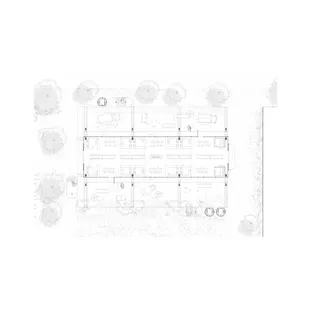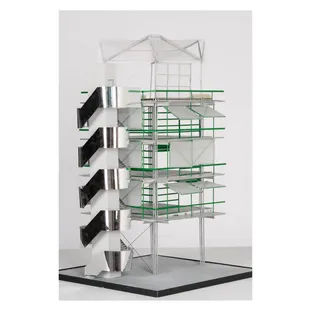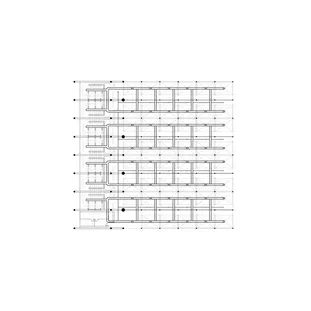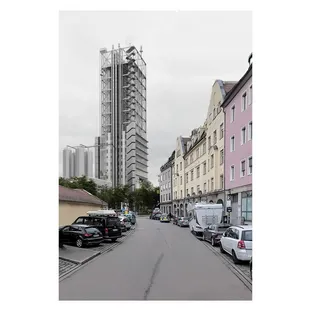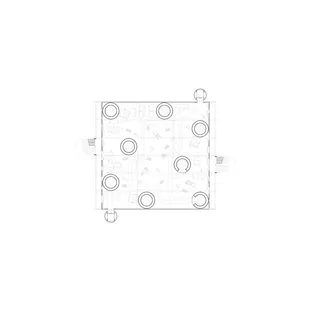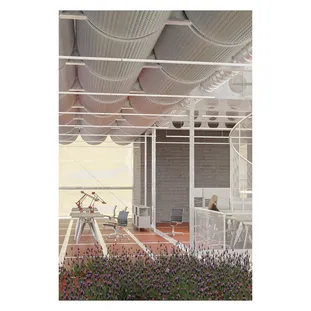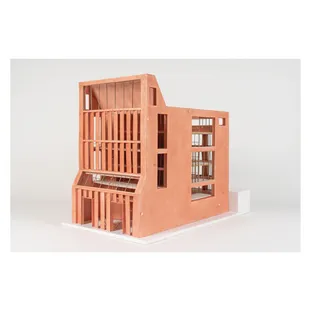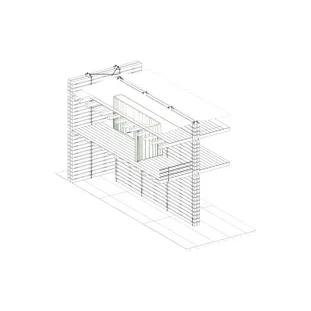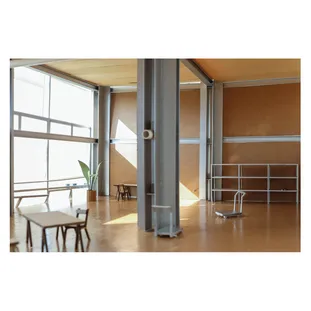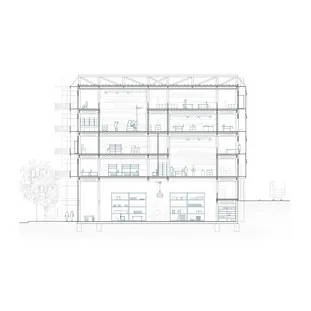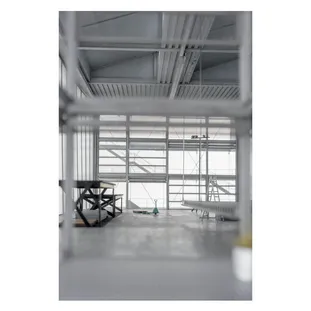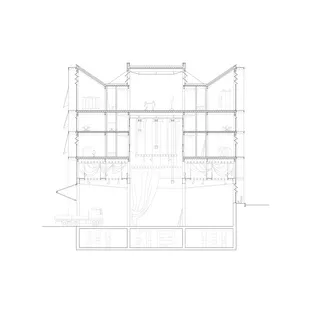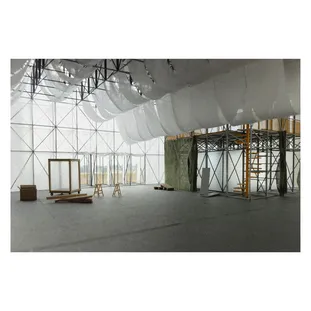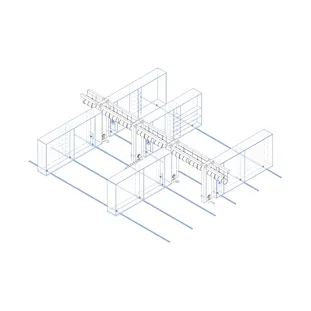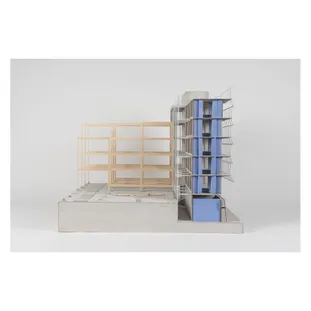Design for Disassembly - Exploring the principles of disassembly
SS25
MA Studio, 15 ECTS
BA Studio, 12 ECTS
TUMonline
Team: Prof. Jeannette Kuo, Laura Brixel, Valentin Martin, Eva Kreitmeir, Daniel Stephany, Aldis Pahl
Architectural design has mostly focused on buildings as an object, without consideration of its end of life or its material afterlife. These practices have led to the demolition and waste that has plagued the construction industry. But what if we were obligated to design with disassembly in mind? What if we were to think of our buildings as material depositories and that these construction elements could be easily harvested, reused or recycled in the future? The tension between durability and complete disassembly will serve as the experimental field of the studio. How can buildings built to last also be easily deconstructed? How can temporary buildings also be designed to be reused multiple times? How can we develop an architectonic aesthetic based on these principles? This semester we will design a prototype for a school provisorium, to be implemented on multiple sites. We will start the semester with the constructive detail, exploring material logics and techniques of joining and construction. Working with multiple scales, we will explore the expressive potential of this constructional thesis to form a collective knowledge for the studio. We will then develop the project including 1:1 mockups and materials sample. Our goal is to create an architecture that is durable and yet capable of disappearing without a trace, making most of the resources.
About Time
SS24
MA Studio, 15 ECTS
BA Studio, 9 ECTS
Team: Prof. Jeannette Kuo, Laura Brixel, Valentin Martin, Serafina Eipert
The studio will look at sustainability in architecture and construction through the notion of time. Architecture has conventionally been considered as a static object caught in finite process: that design and the architect’s responsibility ends with the handover of the keys to the client. However, underlying this static and object-oriented image of architecture, change is inevitable, even necessary. Today, our ecological crisis forces us to be more resource-conscious, to understand not only how to make the best use of our resources in understanding their lifespans but also to understand how to build lightly, leaving no trace, in deconstruction. This relation of time, space, and culture will force us to rethink certain interdependencies and to address sustainability through a holistic approach.The tension between permanence and change will be the field of experimentation for the studio. How can we conceive of buildings through different time spans? What new constructive and organizational concepts can emerge? And how do these affect the choices of materials and details? The program this semester will be an urban food production & wholesale market hall with a site in Munich.
01- Bozic, Wiesing; 02- Gross, Troesch; 03- Kalvelage, Sheridan; 04- Gamerdinger, Kuttler; 05- Humbeck, Pielmeier; 06- Förster, Unger
About Time
SS23
MA Studio, 15 ECTS
Team: Prof. Jeannette Kuo, Laura Brixel, Eva Kreitmeir, Tobias Haag
The studio will look at sustainability in architecture and construction through the notion of time. Architecture has conventionally been considered as a static object caught in finite process: that design and the architect’s responsibility ends with the handover of the keys to the client. However, underlying this static and object-oriented image of architecture, change is inevitable, even necessary. Today, our ecological crisis forces us to be more resource-conscious, to understand not only how to make the best use of our resources in understanding their lifespans but also to understand how to build lightly, leaving no trace, in deconstruction. This relation of time, space, and culture will force us to rethink certain interdependencies and to address sustainability through a holistic approach. The tension between permanence and change will be the field of experimentation for the studio. How can we conceive of buildings through different time spans? What new constructive and organizational concepts can emerge? And how do these affect the choices of materials and details? The program this semester will be an urban factory (Gewerbehaus) with a site in the south of Munich.
01- Michielsen, Vandamme; 02- Maier, Simonet; 03- Koumakpayi, Martin-Lefèvre; 04- Hornstein, Wiesing; 05- Hackman, Knoop, Steffens, Wald; 06- Fdez-de-Dios, Wirsching; 07- Hoffmann, Magg; 08- Akkermann, Moser; 09- Bagdonaite, Vershynin
